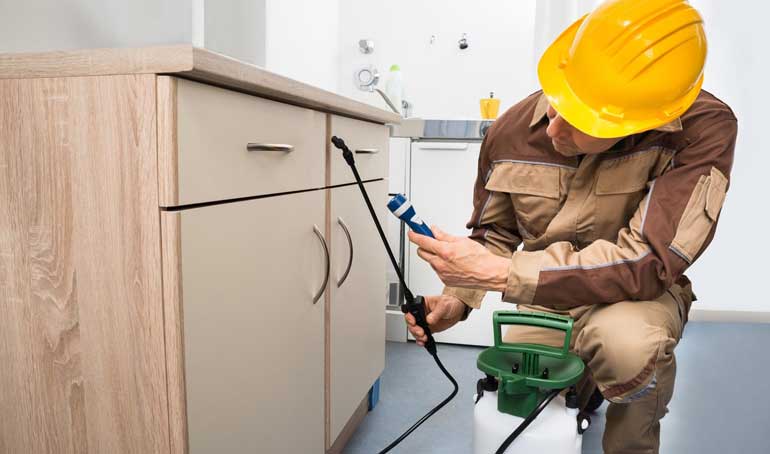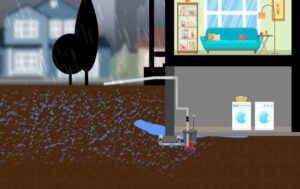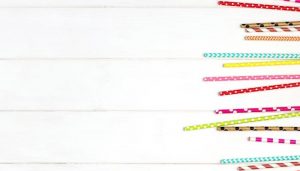Termites are small, soft-bodied insects that can cause significant damage to homes. If left unchecked, a termite infestation can lead to costly repairs and compromise the structural integrity of a house. In this blog, we will explore the different types of termites, how to recognize a termite infestation, the damages they can cause, and the methods of getting rid of termites. We will also discuss the benefits of seeking professional help for termite disinfestation and the cost implications of termite treatment. By understanding termites and taking appropriate measures, you can protect your home from these destructive pests.
Understanding Termites
Termites, often referred to as pests, are actually parasites that have mastered the art of survival. They have been around for millions of years, adapting to various habitats and developing unique ways to access food sources. There are different species of termites, but the most common types in the United States are subterranean, drywood, and dampwood termites. Each species has its own characteristics and behaviors, requiring specific treatment methods to control their infestation. Understanding the different types of termites is crucial for effective termite disinfestation.
What Are Termites?
Termites are small, soft-bodied insects, measuring about a quarter of an inch in length. They are often mistaken for ants, but termites have straight antennae, a broader waist, and wings of equal length. These pests have been known to cause much damage, particularly to wooden structures. Unlike ants, termites feed on wood and other cellulose-based materials, breaking down the complex molecules to obtain nutrients. They live in large colonies and work together to forage for food and build nests, with each termite fulfilling a specific role within the colony.
Different Types of Termites
There are different species of termites, each with its own characteristics and preferences. Subterranean termites, as the name suggests, build nests in moist soil. They create mud tubes to protect themselves from dry conditions and predators while foraging for food. Drywood termites, on the other hand, infest dry wood with low moisture content, often found in furniture and structural lumber. These termites do not require contact with the soil and can establish colonies in the wood of a house. Dampwood termites, as their name implies, infest wood with high moisture content, typically found in damp, decaying wood. The reproductive termites, known as swarmers, are responsible for producing new colonies, and their appearance is often a sign of an established termite infestation.
Recognizing a Termite Infestation
Recognizing the presence of termites in your home is crucial for early detection and treatment. A termite infestation can go unnoticed for years, causing extensive damage. Regular monitoring and inspection of common termite attraction points can help identify infestations before they become severe. The first thing homeowners should do is conduct a thorough inspection of their property, focusing on areas that termites are attracted to. Identifying termite presence involves looking for mud tubes, small holes in wood, and worker termites. Prompt termite control measures can prevent further damage and minimize the need for costly repairs.
Identifying Termite Presence in Your Home
Identifying termite presence in your home requires a keen eye and knowledge of common signs of infestation. Here are some indicators to watch out for:
- Mud tubes: Termites build mud tubes to travel from the soil to their food sources, such as wood. These tubes are often found along foundations, walls, and other structures.
- Small holes in wood: Termites create small holes as they burrow through wood, leaving behind a telltale sign of infestation.
- Discarded wings: When swarmers find a new location to establish a colony, they shed their wings, which can be found near windows, doors, and light sources.
- Hollow wood: Tap on wooden surfaces and listen for a hollow sound, which could indicate termite damage.
- Presence of worker termites: If you notice small, creamy-white insects with straight antennae, a broader waist, and no wings, it is likely that your home has a termite infestation.
- By being vigilant and recognizing these signs, homeowners can take immediate action to address termite infestations and limit damage to their homes.
Typical Attraction Points for Termites in a House
Termites are attracted to moisture, damp wood, and cellulose-based materials, creating conducive conditions for infestation. Here are some typical attraction points for termites in a house:
- Moist soil: Subterranean termites, the most common type in the United States, build their nests in moist soil, which provides the necessary moisture for survival.
- Plumbing leaks: Leaky pipes and plumbing fixtures create damp areas, attracting termites looking for moisture.
- Damp, poorly ventilated spaces: Basements, crawl spaces, and attics with high humidity levels are vulnerable to termite infestations.
- Wood-to-ground contact: Wooden structures in direct contact with the soil provide easy access for termites to infest and feed on the wood.
- Mulch and landscaping materials: Placing mulch, firewood, and landscaping materials near the foundation of a home can create a moist, termite-friendly environment.
- To prevent termite infestations, it is essential to address these attraction points by maintaining proper moisture levels, fixing leaks, and ensuring wood is properly treated and stored away from the foundation.
Damages Caused by Termites
Termites can cause significant damage to a home, impacting both its structure and finances. The damage termites inflict can range from minor aesthetic issues to severe structural problems. Termite infestations often go undetected, allowing the pests to weaken the foundation, flooring, and structural supports of a house. Over time, termite damage can lead to sagging floors, hollow-sounding wood, and even collapse in extreme cases. Repairing termite damage requires costly restoration work, involving the removal and replacement of infested wood, damaged flooring, and structural reinforcements. The financial implications of termite damage can be substantial, highlighting the importance of termite prevention and control measures.
Impact on Home Structure
Termite infestations can have a devastating impact on the structure of a home. These pests not only feed on wood but also weaken its integrity, posing safety risks for occupants. Termites can damage load-bearing walls, beams, and other support structures, potentially causing a collapse. Floor joists and subflooring can also be compromised, resulting in sagging or uneven flooring. If left unchecked, termite damage can significantly reduce the structural stability of a house, making it unsafe to inhabit. Regular termite inspections, early detection, and timely treatment are crucial in preventing extensive damage to the home’s structure.
Financial Implications of Termite Damage
Termite damage can have severe financial implications for homeowners. The cost of pest control, termite treatments, and repair work can quickly add up, putting a strain on finances. Termite treatment costs can vary depending on the severity of the infestation, the size of the property, and the treatment methods required. Additionally, repairing termite damage, especially if extensive, can be a significant expense. Homeowners may also face long-term financial repercussions, as termite damage can reduce the resale value of a property. Investing in termite prevention, regular inspections, and timely treatment can help mitigate the financial implications of termite damage.
Conclusion
In conclusion, protecting your home from termite infestation is crucial for maintaining the integrity and value of your property. Understanding the different types of termites and recognizing the signs of an infestation are the first steps towards effective termite disinfestation. The damages caused by termites can be extensive and costly, both in terms of structural integrity and financial implications. While natural methods and chemical treatments can be effective for small-scale infestations, seeking professional help is recommended for larger or persistent problems. When selecting termite extermination services, make sure to choose a reliable and experienced provider. Remember, early detection and prompt action are key to preventing further damage and safeguarding your home.



